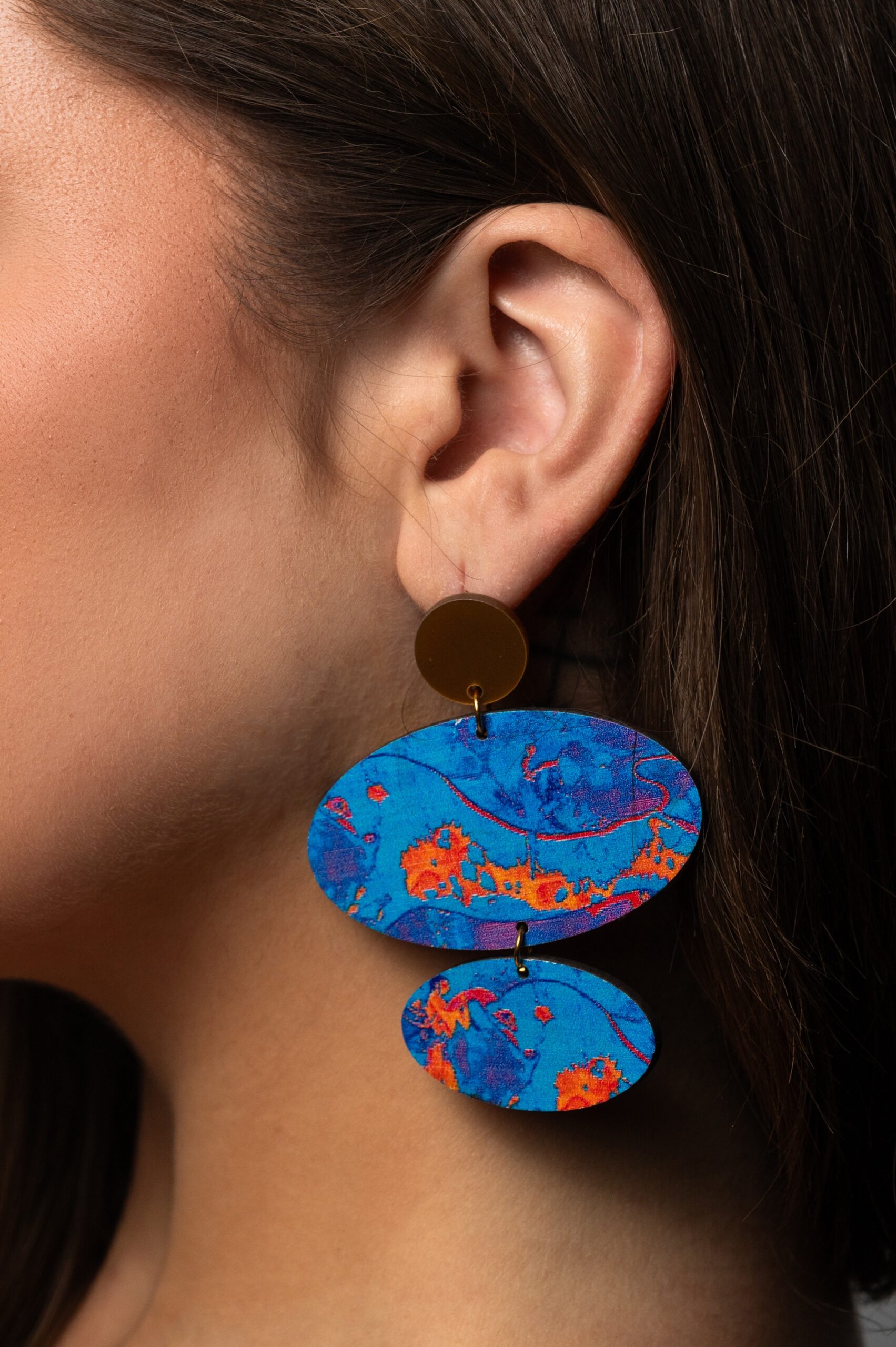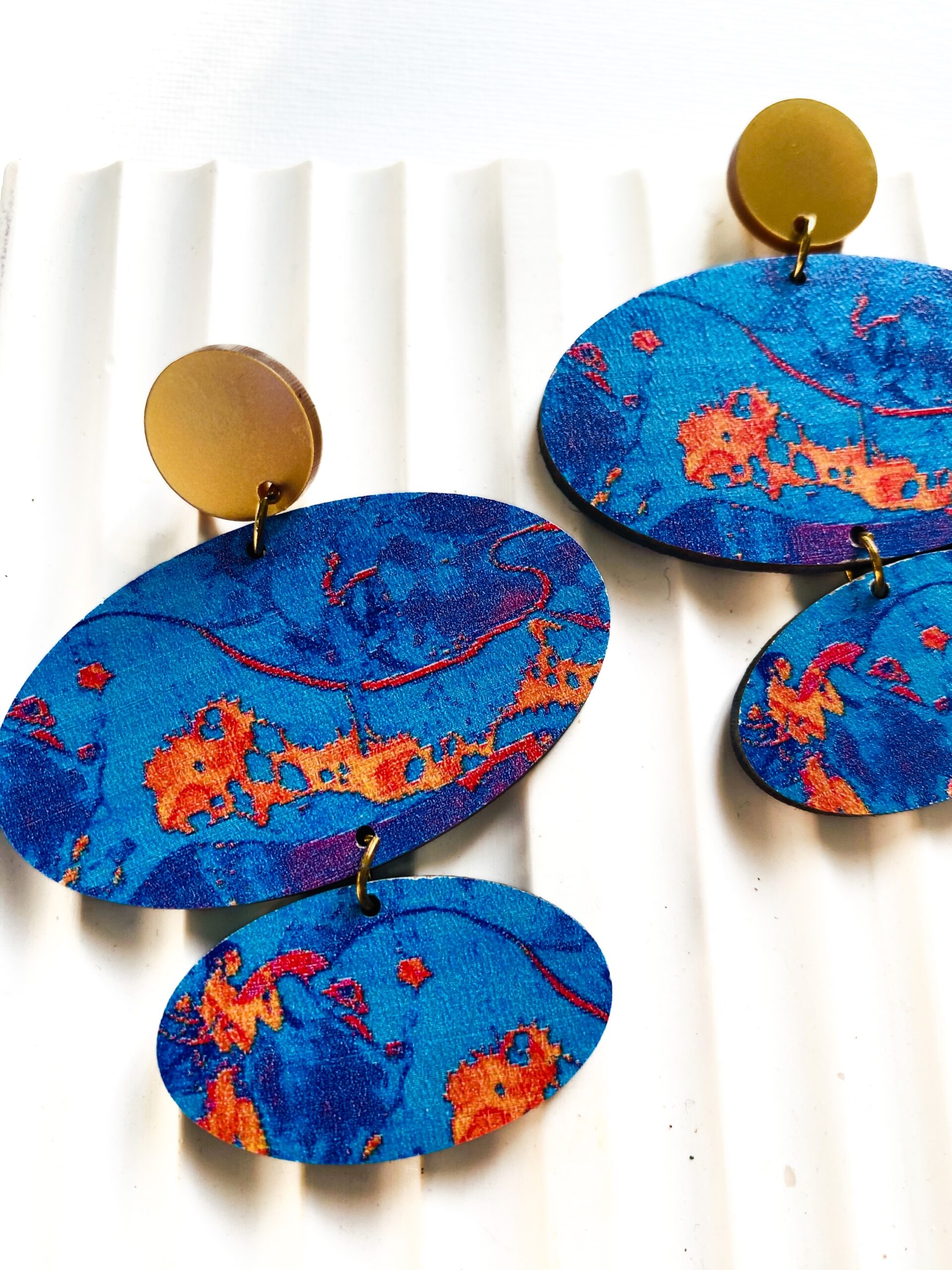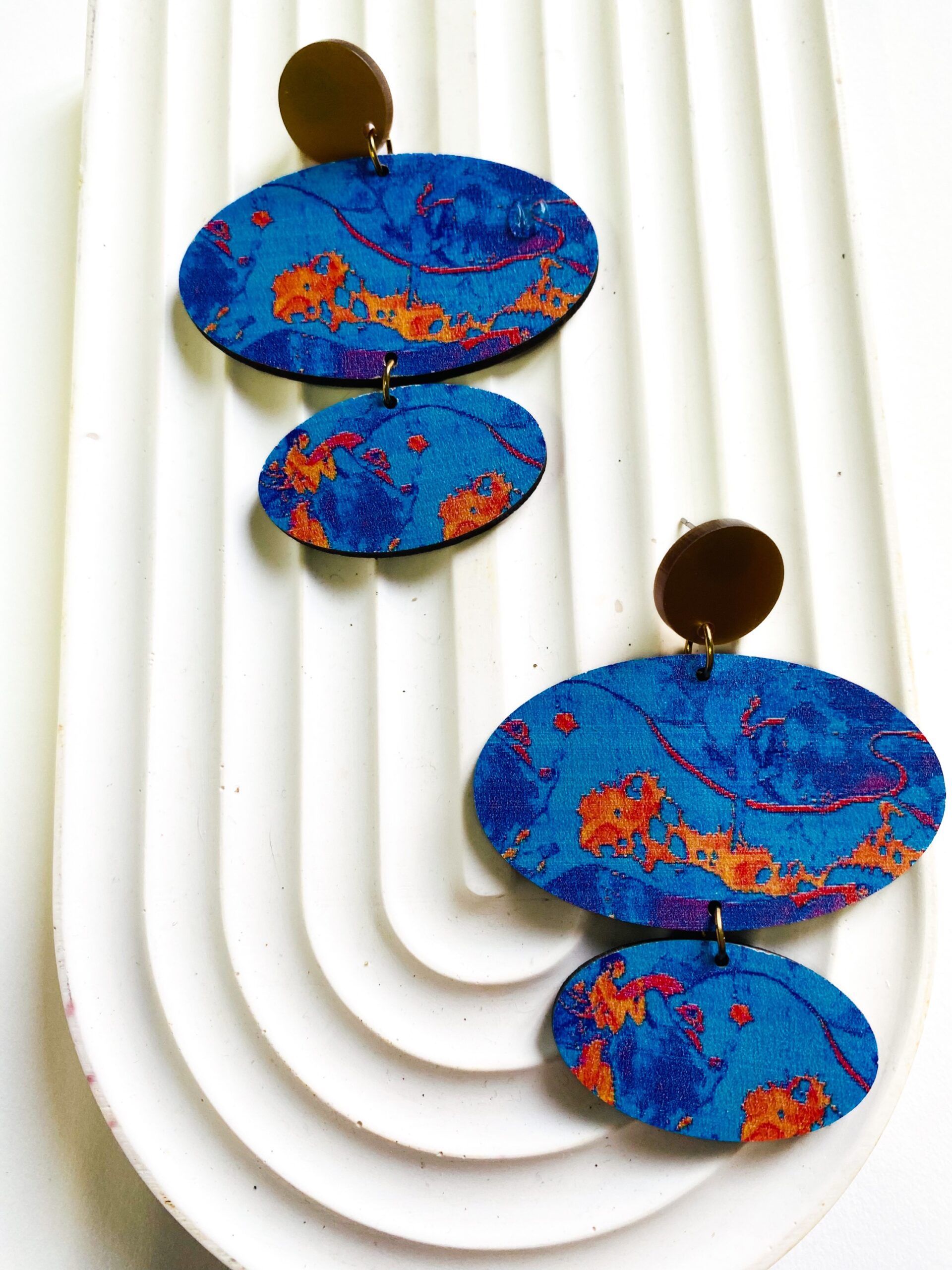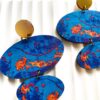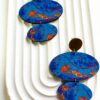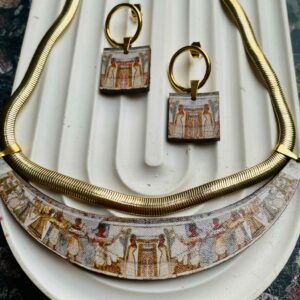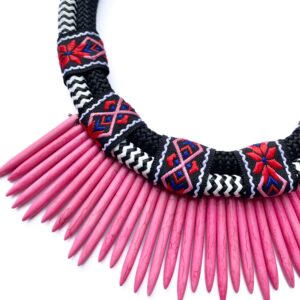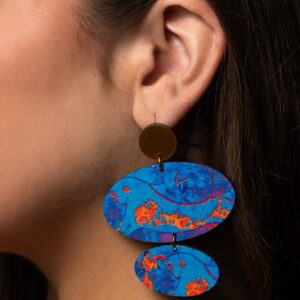Σκουλαρίκια εμπνευσμένα από την τοιχογραφία της Κνωσού ταυροκαθάψια. Καρφωτά, με ατσάλινο καρφάκι πάνω σε κίτρινο πλέξιγκλας.
Tavrokathapsia is a notable fresco from the Minoan civilization, specifically found in the Palace of Knossos on the island of Crete. This fresco dates back to around 1450-1400 BCE and is one of the most famous examples of Minoan art.
The term “Tavrokathapsia” translates to “the bull-leaping fresco” in English, depicting a ritualistic practice in which participants leap over bulls. The fresco showcases dynamic figures, often in a vibrant color palette, capturing the movement and energy of the scene. The artwork features both male and female figures, illustrating the cultural significance of bulls in Minoan society, possibly symbolizing strength, fertility, and the connection to nature.
The style of the fresco is characterized by its fluid lines and naturalistic representation, which is a hallmark of Minoan art. Tavrokathapsia is often discussed in the context of Minoan religious practices and societal values, highlighting the importance of animals and ritual in their culture. The fresco remains an essential piece for understanding the artistic and cultural achievements of the Minoans.

